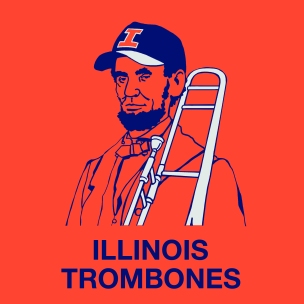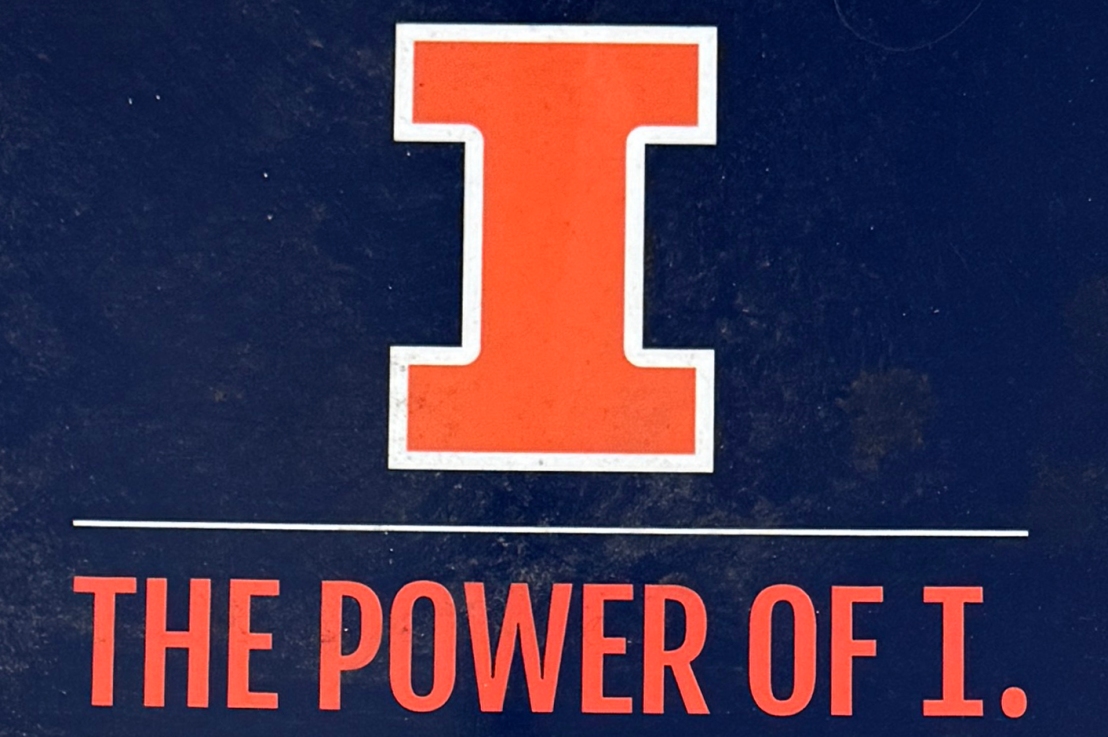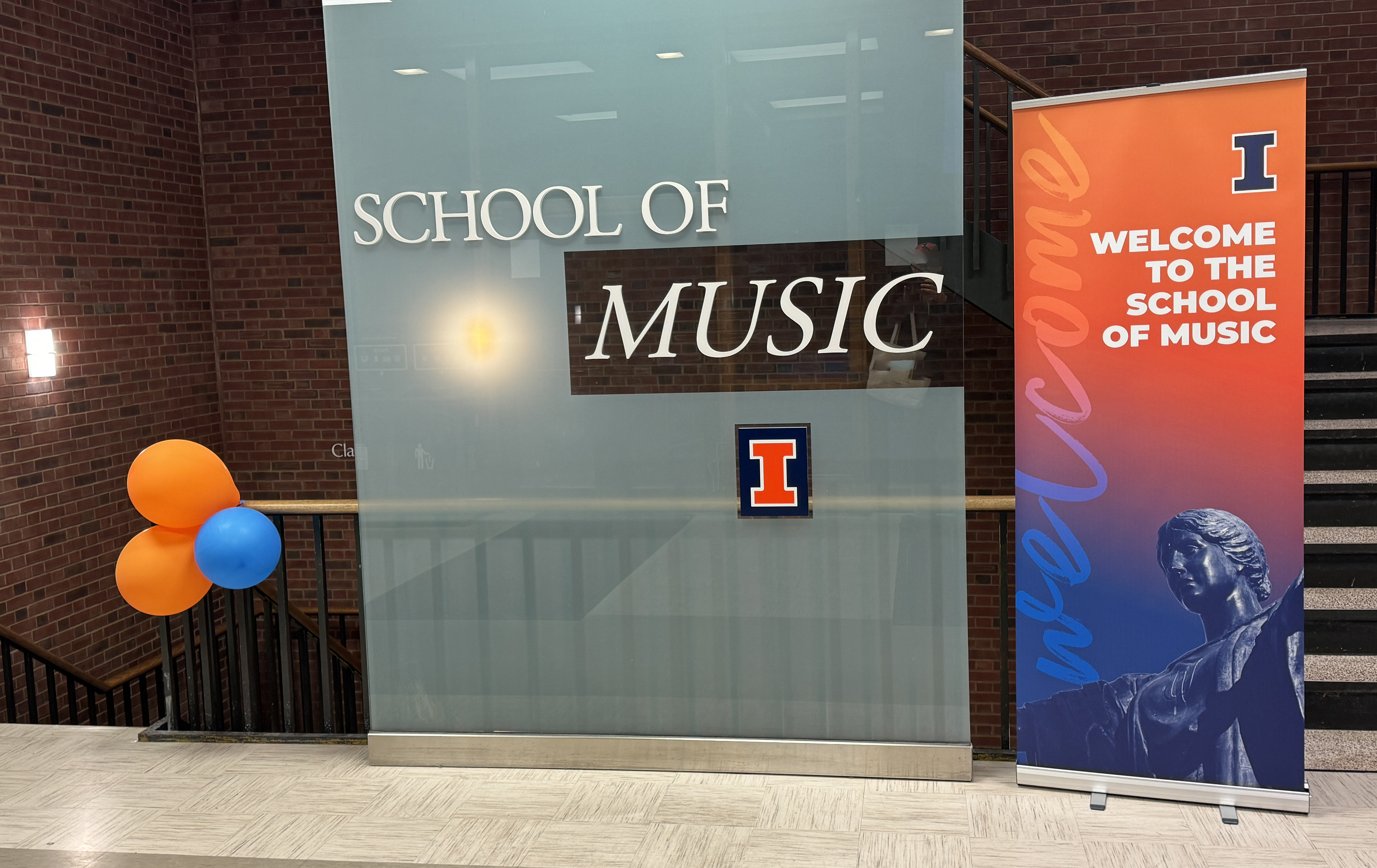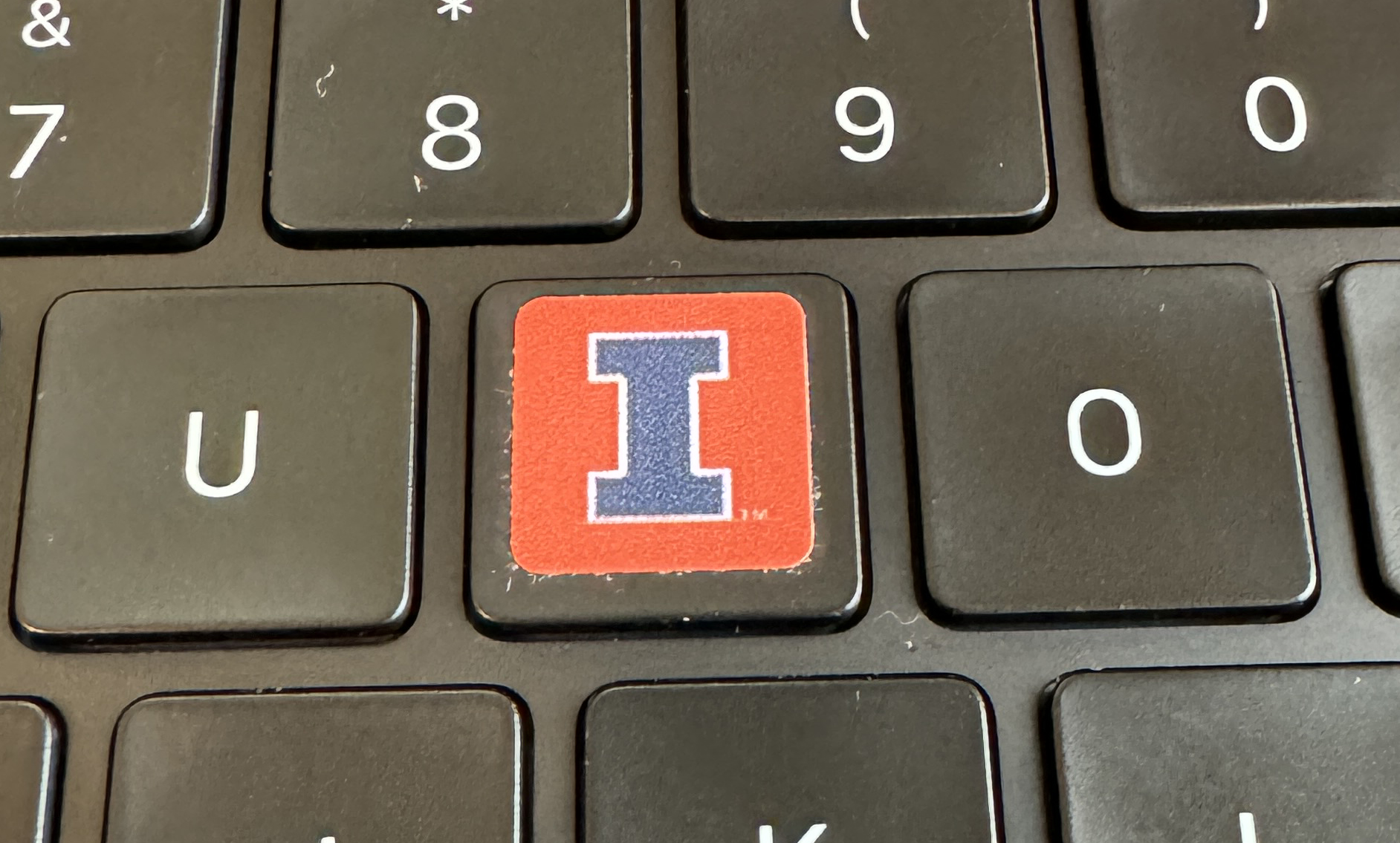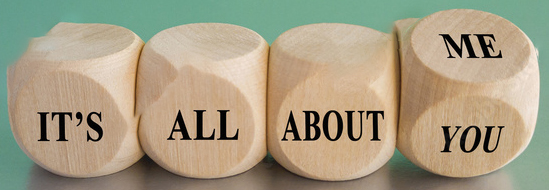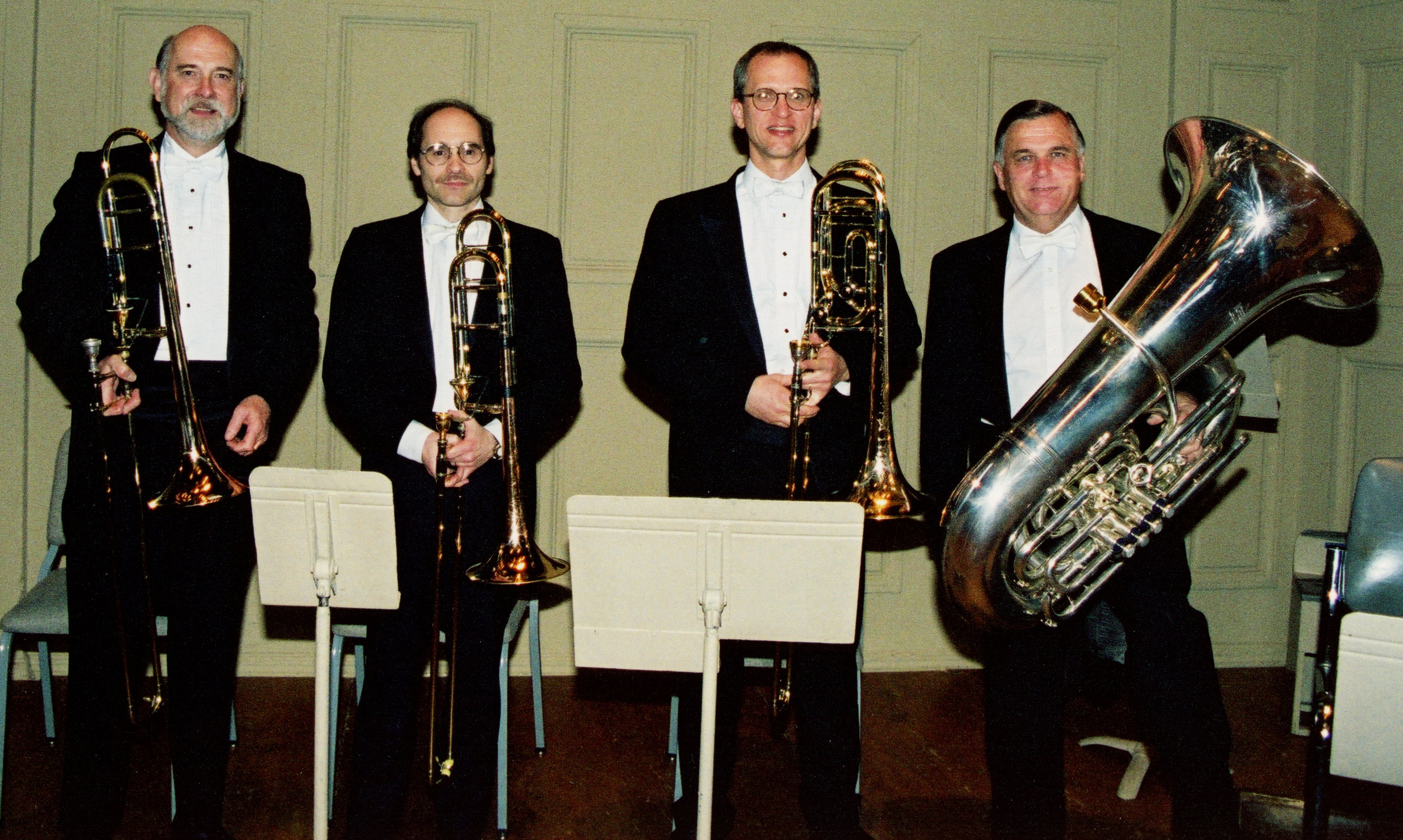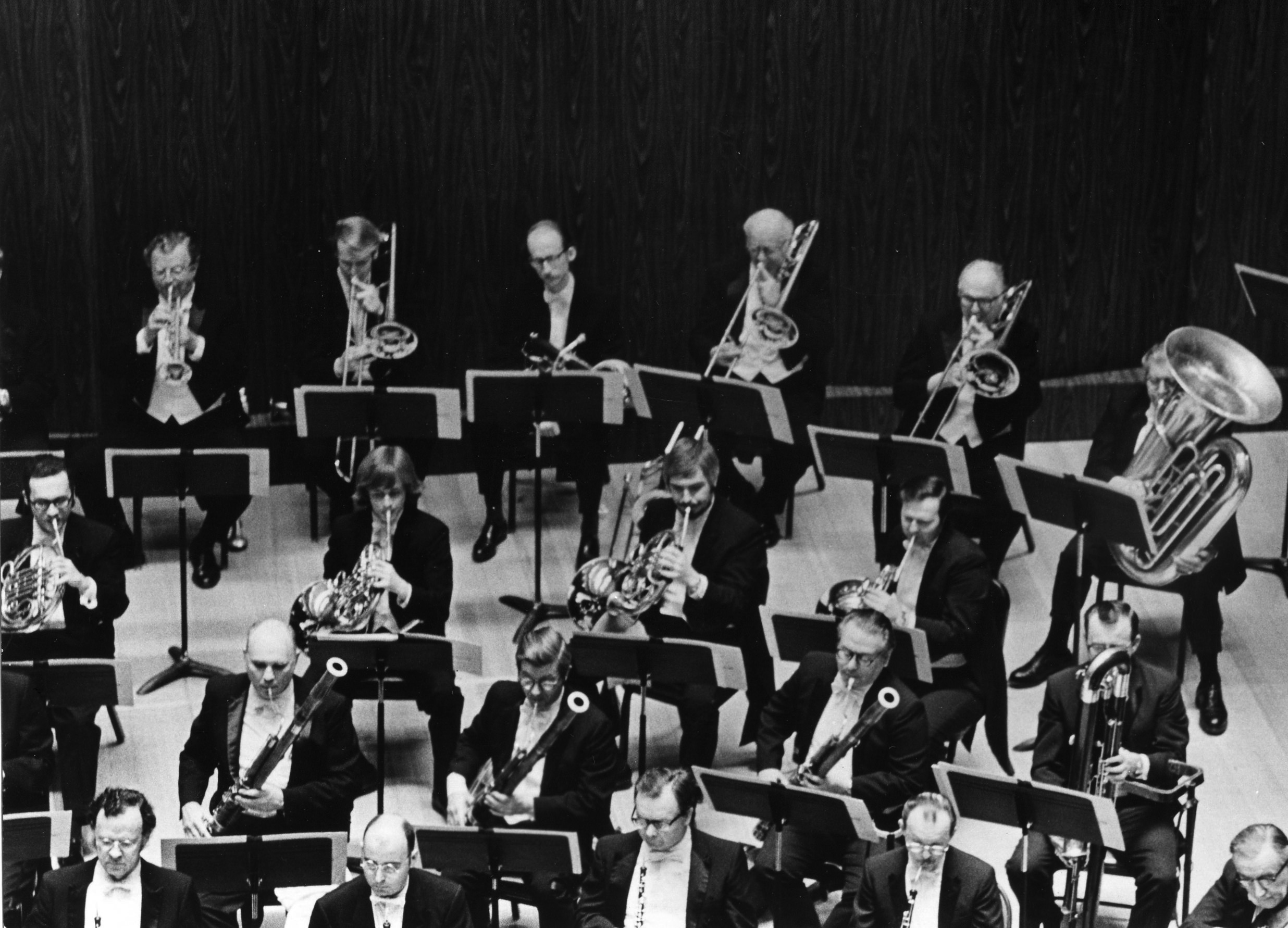by Douglas Yeo (March 5, 2024)
University of Illinois Urbana-Champaign has recently made two important, happy announcements that I’d like to share with readers of The Last Trombone.
I have been serving as trombone professor at University of Illinois Urbana-Champaign for the last two years, since August 2022. At that time, the UIUC School of Music was in need of a trombone professor when its previous full time trombone professor abruptly resigned in May 2022. I was happy to accept the offer to take on this work while the School of Music conducted a search for a new full time trombone professor. Unfortunately, the search that was held during the 2022-2023 academic year was not successful in hiring a new trombone professor so a new search was mounted in fall 2023. In light of this, I agreed to return for a second year. Today, Dr. Linda Moorhouse, Director of the University of Illinois Urbana-Champaign School of Music announced that Dr. Jonathan Whitaker has been named professor of trombone at UIUC effective August 2024.
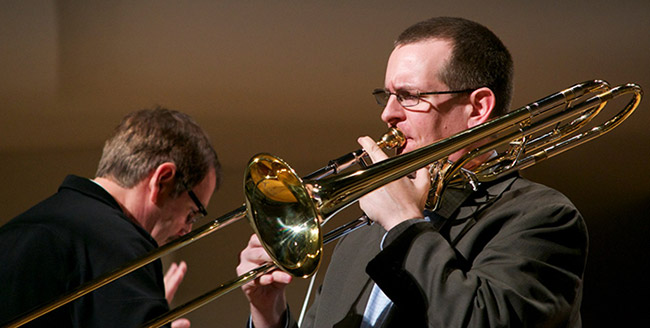
Dr. Jonathan Whitaker. Photo courtesy of Edwards Instrument Co.
I have known Jonathan Whitaker for many years and I am delighted that events have come together to bring him to University of Illinois. Dr. Whitaker’s work at University of Alabama—where he has been professor of trombone since 2009—is well known. He has a proven track record in building and growing the Alabama trombone studio, and his students have experienced remarkable success over the years. Here is something about Dr. Jonathan Whitaker, from the announcement by Dr. Linda Moorhouse:
Jonathan Whitaker joined the faculty of the University of Alabama in the fall of 2009. At Alabama, Dr. Whitaker’s students have been tremendously successful in national and international solo competitions as well as being placed in some of the nation’s top summer music festivals. The University of Alabama Trombone Choir has given performances at the 2010 Eastern Trombone Workshop, the 2011 International Trombone Festival, the 2013 International Trombone Festival, and the 2018 American Trombone Workshop. Dr. Whitaker has also appeared twice as a performer and clinician at the American Trombone Workshop and two International Trombone Festivals. Dr. Whitaker is in great demand as a guest artist and has appeared at some of the most prestigious music schools in the country including The Juilliard School, New England Conservatory, Yale University, Indiana University, and many more.
As a soloist, Dr. Whitaker can be heard on numerous recordings including the 2018 release of his second solo recording entitled “Paceline” and his debut solo recording entitled “Nature’s Gift” with pianist Kevin Chance. He is a featured soloist on two recordings with the University of Alabama Wind Ensemble that include Anthony Barfield’s Red Sky and David Maslanka’s Concerto for Trombone and Wind Ensemble. These recordings are available at jonathanwhitaker.com.
Dr. Whitaker has been very active in commissioning new works for the trombone. In 2019, he gave the world premiere of Scott McAllister’s Atipa-Tcoba at the 2020 American Bandmasters Association Convention with the University of Alabama Wind Ensemble. Other notable commissions and premieres include Nicola Ferro’s Mega for solo trombone and wind ensemble (2016) and Jim Stephenson’s Three Bones Concerto (2013), commissioned for the University of Alabama Wind Ensemble along with Joseph Alessi and Peter Ellefson. He also performed the work at the 2013 Eastern Trombone Workshop with the United States Army Band “Pershing’s Own.” He is also responsible for the commissioning of Eric Ewazen’s Visions of Light, as well as several other compositions including music for trombone and piano, unaccompanied trombone and trombone choir. Dr. Whitaker also is the author of the trombone version of the popular method, The Brass Gym, and has several published arrangements with Alessi Publications.
In 2012, Dr. Whitaker made his Carnegie Hall debut as a soloist at the New York Wind Band Festival. He has appeared as a soloist with all the wind groups at Indiana University, the Augustana College Symphonic Band, the Purdue University Symphony Orchestra, the Henderson State University Wind Ensemble and performed a premier performance of John Mackey’s Harvest: Concerto for Trombone with the University of Alabama Wind Ensemble in the fall of 2010. He also performed the American premier of Johan de Meij’s T-Bone Concerto with the Murray State University Symphonic Wind Ensemble.
Dr. Whitaker has performed with the New York Philharmonic on three separate occasions including the orchestra’s 2012 Opening Gala that was broadcast on Live from Lincoln Center on PBS with music director Alan Gilbert. He is currently Principal Trombone of the Tuscaloosa Symphony Orchestra. Dr. Whitaker performs regularly with the Alabama Symphony and has also held positions with the Harrisburg Symphony (PA), Mobile Symphony (AL), Arkansas Symphony, Pine Bluff Symphony (AR), Shreveport Symphony (LA), South Arkansas Symphony, Duluth-Superior Symphony (MN), Owensboro Symphony (KY), Evansville Philharmonic (IN), Richmond Symphony (IN), Jackson Symphony (TN), and the Paducah Symphony (KY).
Dr. Whitaker holds degrees in trombone performance from Murray State University (BMUS) and the University of Minnesota (MMUS), and the Doctor of Music in Brass Pedagogy from Indiana University. Dr. Whitaker’s primary teachers include Ray Conklin, Tom Ashworth, M. Dee Stewart, Peter Ellefson, and Joseph Alessi with additional studies with Arnold Jacobs, Edward Kleinhammer, Michael Mulcahy, Charlie Vernon, and Douglas Wright.
Jonathan Whitaker is a Getzen Artist and performs on Griego Mouthpieces.
We look forward to welcoming Dr. Whitaker to campus this summer. After UIUC’s School of Music Convocation on May 12, I will clean out my office and head home. While one never knows what may happen in the future, I will be closing the door on over 40 years of teaching on the college level. I have greatly enjoyed this teaching work over the years, and I’ve been blessed to work with many talented students who have gone on to do great things to impact our world, in musical and other ways. But at this season of life, I look forward to having more time to devote to activities with my family, and to spend more time researching and writing. That said, I will always be grateful for these two years at University of Illinois. Readers of The Last Trombone know how I have enjoyed that tremendous campus community. I look forward to continuing to celebrate the activities and accomplishments of the students at the University of Illinois trombone studio and I’m absolutely delighted to be handing the keys to the office off to Dr. Jonathan Whitaker. If you are a trombonist looking for a college education at a place where you can be part of a vibrant community with a superb trombone teacher, I urge you to consider applying to the University of Illinois School of Music. With Dr. Whitaker at the helm of the UIUC trombone studio, his big plans will be announced soon and exciting days are ahead for trombone students at Illinois.
And speaking of trombone students at University of Illinois, we have recently announced that the recipient of the 2023–2024 Robert E. Gray Trombone Award is junior tenor trombone music education major Ethan Groharing.
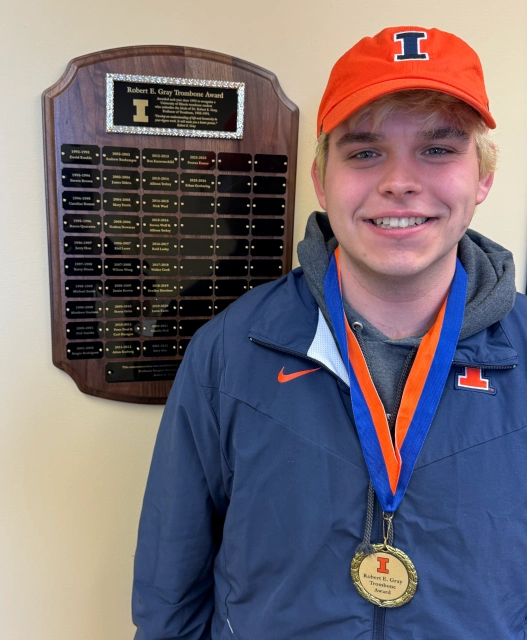
Ethan Groharing, recipient of the University of Illinois 2023–2024 Robert E. Gray Award
Dr. Robert E. Gray was professor of trombone at University of Illinois Urbana-Champaign from 1955–1991 and upon his retirement, the Robert E. Gray Trombone Award was established thanks to the generosity of the Gray family, many of Dr. Gray’s former students, and friends of the Illinois trombone studio. The award has been given each year since 1993 to a trombone student at Illinois who embodies the ideals of Dr. Gray—who was a transformative educator, a fine trombonist, founder of the University of Illinois Wind Ensemble, and President of the International Trombone Association— as exemplified in his words:
Take your time in your work. Don’t always push and do what is expedient. Develop an understanding of life and humanity in your degree work. It will make you a better person.
Last year, the award was given to Poorna Kumar, a sophomore (now a junior) tenor trombone performance/community health double major who has served as a drum major for the Marching Illini (University of Illinois’ marching band) for the last two years. I wrote about Poorna, her accomplishments, and her receiving the 2022–2023 Robert E. Gray Trombone Award HERE.
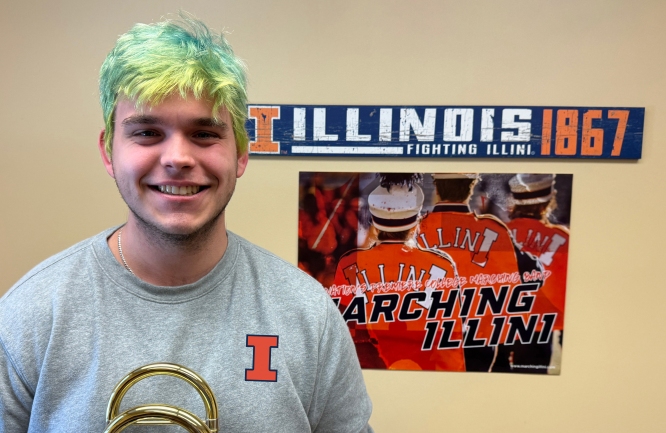
Ethan Groharing, recipient of the University of Illinois 2023–2024 Robert E. Gray Trombone Award
This year’s recipient, Ethan Groharing, has distinguished himself in a number of ways. For 2023–2024, he served as trombone section leader for the Marching Illini. In addition to continued improvement as a trombonist (this semester he is playing both in the UIUC Symphony Orchestra and Wind Symphony), he has served in leadership roles in the band fraternity, Kappa Kappa Psi. Of particular note is Ethan’s recent involvement to raise money for the American Foundation for Suicide Prevention. Good mental health is important for everyone, and last year, Ethan worked to raise $500 for the Foundation, which he did. This year, he set the goal higher and he exceeded it, raising $2,000 for this important cause through Phi Mu Alpha Sinfonia. As part of his fundraising effort, Ethan said he would dye his hair green if he made his goal, since green is the color of the mental health awareness ribbon. Ethan powered past his goal and he made good on his promise to dye his hair, something made us on campus smile and also raised even more awareness for this cause that is so important to him. In addition to a cash award, the Robert E. Gray Award now includes the Robert E. Gray Trombone Award medal that Ethan and other recipients can wear at graduation, and his name is now inscribed on a plaque in the University of Illinois trombone studio along with the names of previous recipients of the award.
Here we have two new things to celebrate at University of Illinois: the appointment of our new trombone professor, Dr. Jonathan Whitaker, and the awarding of the 2023–2024 Robert E. Gray Trombone Award to Ethan Groharing. I’m happy to share this news with readers of The Last Trombone as we look forward to finishing out the current school year in a few weeks and turning the page to an exciting new future for trombones at University of Illinois.
